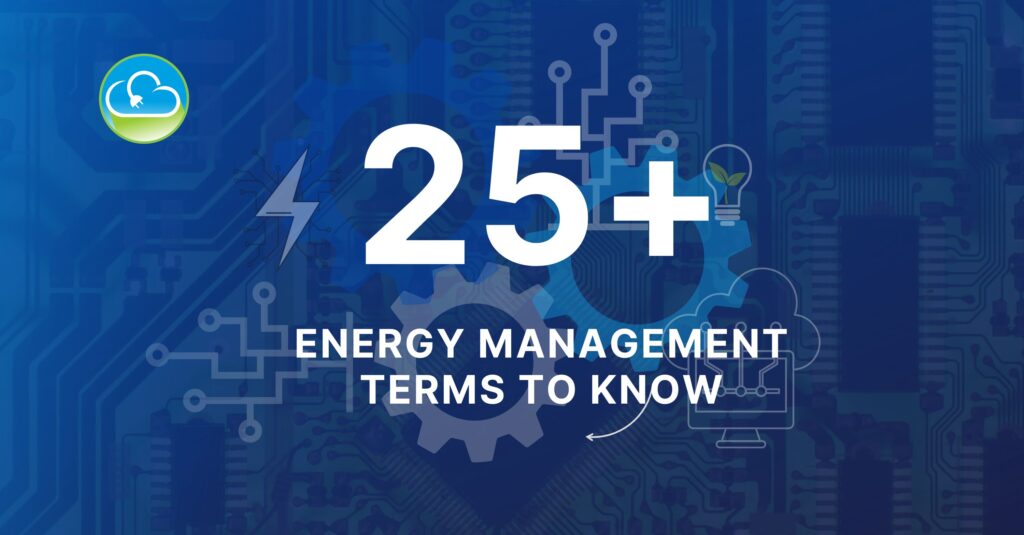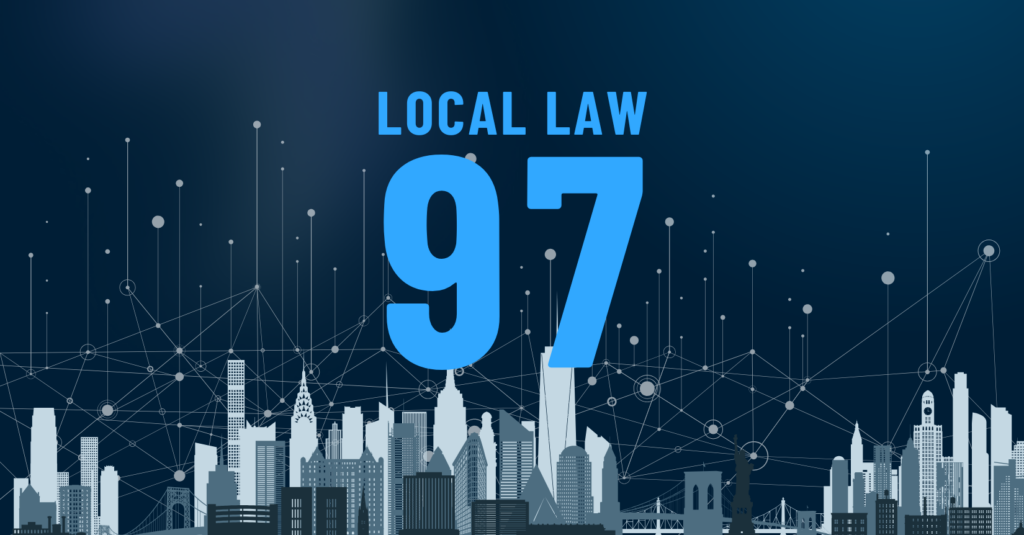Energy Management KPIs
- Electricity demand- Electricity demand is measured by the rate at which electrical energy is delivered. It is measured by the generation and distribution facilities.
- Emissions- Emissions refer to the anthropogenic release of gasses (often greenhouse gasses such as carbon dioxide, methane, etc.) into the atmosphere
- Electricity Generation- This is the process of generating electric energy through the transformation of other forms of energy, such as from the energy stored in coal, UV rays, or the kinetic energy in water, to name a few examples. Electricity generated is often expressed in kilowatt-hours(kWh) or megawatt-hours (MWh).
- Energy efficiency- Energy efficiency is a term to describe the ratio of energy services provided considering or compared to the energy obtained for the service. Energy efficiency is often measured as a ratio of economic output to energy input, i.e., input energy over a physical or economic unit. Energy efficiency is often discussed in order to improve sustainability and to reduce energy demand, often through technological advancements like increased building insulation, etc
- Kilowatt hour- A measure of electricity defined as a unit of energy, measured as 1 kilowatt (or 1,000 watts) of power consumed for 1 hour.
- Megawatt hour- One thousand kilowatt-hours or 1 million watt-hours
Energy Management Reporting Tools
- Energy management and control system- An energy management and control system, abbreviated EMCS, is a computerized system that allows one to control and regulate a building’s energy use. It is often described as an energy conservation system that uses software and control equipment to manage heating, cooling, lighting, and more.
- Energy Star- Energy Star is both a product and a platform (EnergyStar Portfolio Manager) that allows buildings to improve their energy efficiency through the use of its products and by managing the efficiency though use of Energy Star tools and resources.Energy Star Portfolio Manager can help entities track utility data pertaining to energy, water, and waste
- GRESB- Global Real Estate Sustainability Benchmark (GRESB) is an organization driven by investors who are committed to evaluating the environmental, social and governance (ESG) performance of real assets, which includes real estate. They use assessment methodologies, objective scoring, and standardized benchmarks to provide asset-level operational performance data.
- Demand-side Management- Demand-side management is an action by the utility that reduces or curtails energy intensive equipment or processes. DSM is often used to reduce customer load during peak demand times and/or in times where there is supply constraint. DSM includes programs that are focused and immediate such as the brief curtailment of energy intensive processes used by a utility’s most demanding industrial customers, and programs that are broad and less immediate, such as the promotion of energy efficient equipment in residential and commercial sectors (similar to above).
- Demand and Supply Side Measures
-
- Demand-side measures These are policies and programs for influencing the demand for goods and/or services. In the energy sector, demand-side management aims at reducing the demand for electricity and other forms of energy.
- Supply-side measures These are policies and programs for influencing how a certain demand for goods and/or services is met. In the energy sector, for example, supply-side mitigation measures aim at reducing the amount of carbon emissions emitted per unit of energy produced.
- Deregulation– The elimination of some or all regulations from a previously regulated industry. For energy, a deregulated market allows for the entrance of competitors to buy and sell electricity by permitting market participants to invest in power plants and transmission lines.
- Transmission and Distribution- An interconnected group of electric transmission lines and equipment used to move electric energy between different points.
Peak Load & Demand Response
- Base Load- This is the bare minimum amount of electrical power required on the grid at a given time (i.e., the minimum level of consumer demand). More often discussed are the issues of meeting peak load
- Capacity Charge- Part of a two-fold pricing method used in capacity transactions. The capacity charge, also known as the Demand Charge, is based on the amount of capacity one purchases.
- Capacity Factor- The ratio of actual electrical energy output that was produced over a certain time period compared to the highest possible electrical energy output that could have been produced during that same period.
- Demand Response Programs- Demand response programs are incentive-based programs, run by the utility, that encourage electric customers to temporarily reduce their demand for power at given times in exchange for a lower electricity bill. In some demand response programs,electric system operators directly reduce customers’ load, but in others, customers retain control over their demand. For these customer-controlled reductions,customers often participate in actions such as curtailing load, operating onsite generation, altering operational patterns, or shifting electricity use to another time period. Demand response programs are just one type of demand-side management,which also covers more broad programs such as the promotion of energy-efficient equipment in residential and commercial sectors.
- Demand Charge- That portion of the consumer’s bill for electricity, based on their maximum electric capacity usage and calculated based on the billing demand charges under their applicable rate schedule. Often referred to as ICAP tags or capacity charges,depending on the market.
- Peak Load- Also known as peak demand or peak load contribution, peak load is a period of time when electrical power is needed for a sustained period based on demand. It is typically a shorter period when electricity is in high demand. The constant power needed by the electrical grid is the base load.
- Off peak- A period of relatively low system demand. These periods usually occur in daily, weekly, and seasonal patterns and off-peak periods differ for each individual electric utility.
- On peak- Periods of relatively high system demand. Like off-peak hours, these periods often occur in daily, weekly, and seasonal patterns and differ for each individual electric utility.
- Cooling Degree Days- A measure of how hot a certain place is over a period of time relative to a base temperature, which is usually 65 degrees Fahrenheit. The measure is calculated for each day by subtracting the base temperature (65 degrees) from the average of the day’s high and low temperatures. Cooling degree days are used as an indicator of air conditioning energy requirements or use.
- Heating Degree Days- A measure of how cold the temperature was on a given day or during a period of days relative to base temperature, which is usually 65 degrees Fahrenheit. For example, a day with a mean temperature of 40°F has 25 HDD. Two such cold days in a row have a total of 50 HDD for the two-day period.
Renewable Energy
- Renewable Energy Sources– Energy resources that are naturally replenishing. They are virtually inexhaustible in duration but limited in the amount of energy that is available at one time. Renewable energy resources include biomass, hydropower, geothermal, solar, wind, ocean thermal, and wave and tidal action.
- Renewable Energy Credits– Renewable Energy Credits (RECs) are tradable, non-tangible commodities that represent proof that 1 MWh of electricity was generated from a renewable energy resource and was then fed into the shared system of power lines that transport energy.
For more resources or information, view WatchWire’s comprehensive Sustainability and Energy Glossary here. To learn more about WatchWire and its capabilities, you can visit our website, blog, or resource library, request a demo, or follow us on LinkedIn, Instagram, or Twitter to keep up-to-date on the latest energy and sustainability insights, news, and resources.
 Top Sustainability Trends to Watch in 2025
Top Sustainability Trends to Watch in 2025

 Log In
Log In








